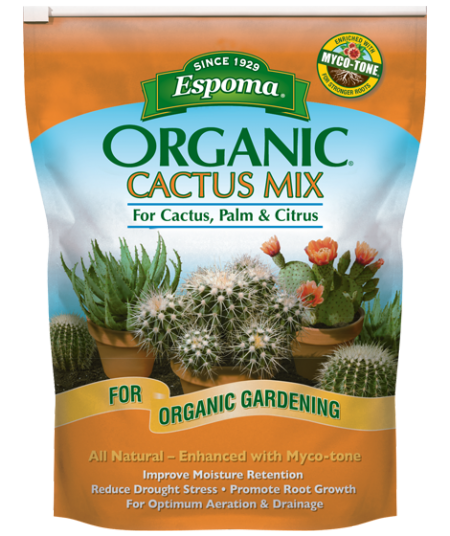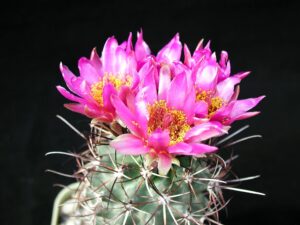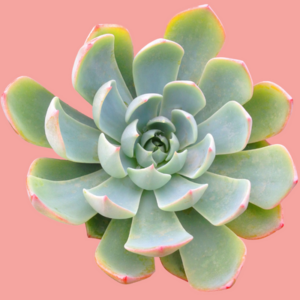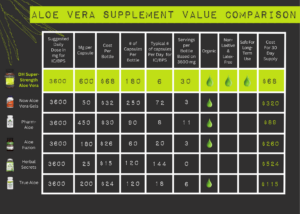Cacti, with their idiosyncratic adaptations, have evolved to thrive in the harshest of environments. However, their unique needs can make potting them a meticulous endeavor. This is where the concept of cactus mix potting soil comes into play—a crucial factor in fostering their growth. A well-crafted potting mix can not only ensure your cacti flourish but also contribute to the aesthetic appeal of your indoor or outdoor garden.
Optimal soil for cactus plants isn’t merely about providing a substrate; it revolves around creating an ecosystem conducive to their specialized needs. This article delves into how to concoct the ideal cactus mix, addressing composition, drainage, and customization tailored to your specific species.
Understanding the Necessities: The Fundamental Components of Cactus Potting Mix
At the heart of creating an impeccable cactus mix lies an understanding of the key ingredients. Cacti thrive in arid conditions; therefore, a well-draining medium is paramount. Traditional potting soil often retains too much moisture, leading to root rot, a common affliction for these succulents.
Begin with a base of coarse materials that enhance aeration and drainage. Perlite and coarse sand are stellar options, as they allow water to flow freely while giving roots access to oxygen—paramount for their growth. When selecting sand, opt for horticultural-grade rather than play sand. The latter tends to compact, hindering drainage.
Incorporating organic matter can also lend vitality to your cactus mix. Consider adding coconut coir or decomposed pine bark. These materials not only increase the mix’s overall structure but also retain some moisture without becoming soggy. Blending organic elements with inorganic components strikes a balance, nurturing the cactus while avoiding the perils of overwetting.
Formulation and Ratios: Striking the Right Balance for Drainage and Nutrients
Once you comprehend the essential components, the next step is to determine the optimal ratios that create a successful potting mix. A common recipe is a combination of 50% coarse material, such as perlite or pumice, 25% inorganic aggregate, like grit sand, and 25% organic matter for nutrient retention.
This blend not only ensures excellent drainage but also provides adequate nutrition—a necessity for cacti during their growing season. Tailoring your mixture to the specific variety of cactus you are potting is essential; some species prefer a leaner diet, while others thrive with a bit more richness through an increased proportion of organic matter.
It is recommended to experiment with ratios, combining different materials based on the growth cycle of your plant. During the dormant season, a drier mixture might be more suitable, while during active growth, you might want a more hydrated concoction to promote vitality.
Customizing Your Cactus Soil: Tailoring Mixes for Diverse Species
Not all cacti are created equal; the demands of a saguaro differ significantly from those of a mammillaria. Understanding specific species requirements is crucial in the formulation of your cactus mix. For instance, desert cactus varieties typically demand a more porous mix with higher gravel content, while woodland varieties may thrive in a blend that retains slightly more moisture.
Seeking assistance from local gardening centers or joining specialty forums dedicated to cacti can provide invaluable knowledge about species-specific needs. For instance, adding a handful of limestone chips may benefit certain desert cacti by raising the pH slightly, mimicking their natural habitat.
Moreover, the aesthetic presentation of your soil is an often-overlooked aspect. Incorporating decorative stones or colored gravel on top of your soil mix not only enhances visual appeal but also aids in moisture retention and soil stabilization. An aesthetically pleasing arrangement can transform a mundane pot into a focal point of your collection.
Maintenance and Care: The Impact of Soil Quality on Cactus Longevity
Even the best potting mix is not a one-time solution. Over time, soil can lose its structure and become compacted, inhibiting drainage and negatively impacting root health. Regularly inspecting the substrate and repotting when necessary can keep your cactus in an ideal growing environment.
During the active growing season, consider supplementing with a diluted cactus fertilizer to provide necessary nutrients. Monitor your plant’s response, adjusting as necessary since over-fertilization can be detrimental, particularly since many cacti subsist naturally on limited nutrients.
Seasonal care also relates to your soil mix’s moisture retention capabilities. In the warmer months, more frequent watering may be needed, but in cooler months, be judicious as most cacti enter dormancy. The frequency and volume of irrigation should align with the soil’s texture and components.
Cactus mix potting soil serves as more than a simple substrate; it embodies the symbiotic relationship between plant and environment. A carefully curated mix, tailored to your specific cactus species, enhances growth and vitality while also elevating the visual appeal of your green space. Investing the time to develop an optimal potting mix is an exercise in both horticultural expertise and artistry.
In conclusion, the world of cactus care extends beyond mere aesthetic enjoyment. It is an exploration of natural ecosystems, specialized adaptations, and the satisfaction of nurturing resilient life forms. A personalized cactus mix not only fosters healthy growth but also immortalizes the pursuit of botanical beauty.





Leave a Comment